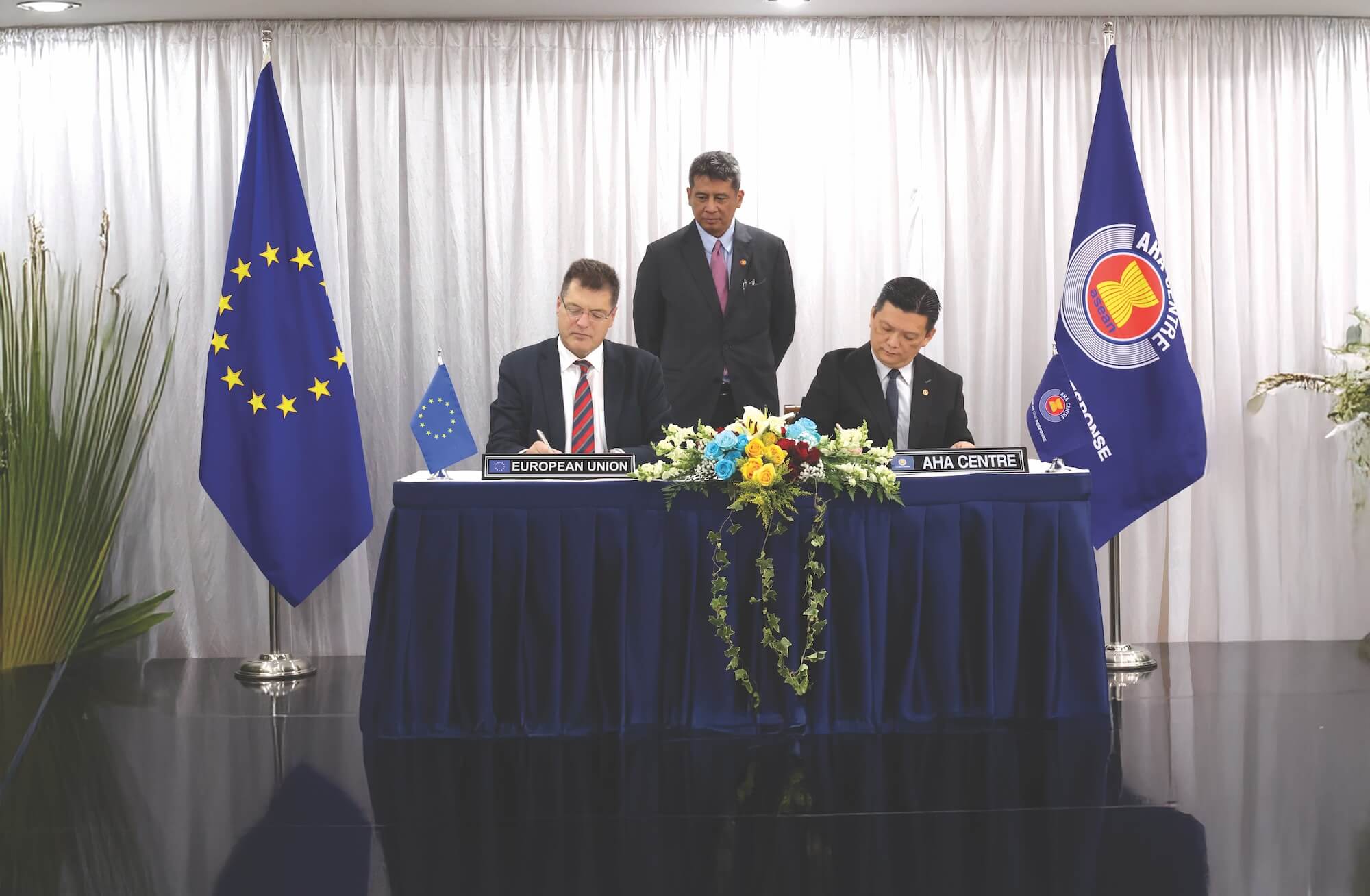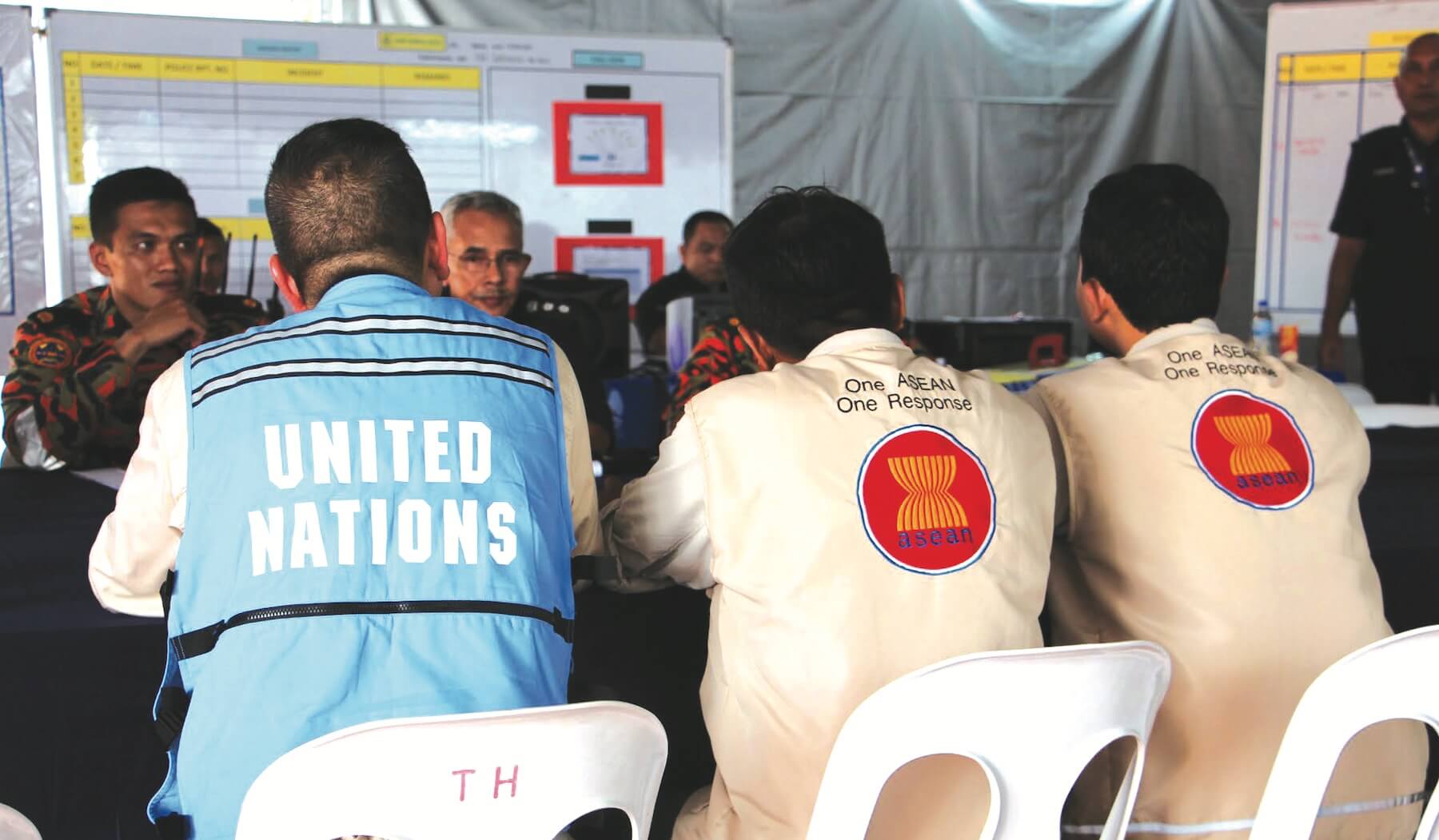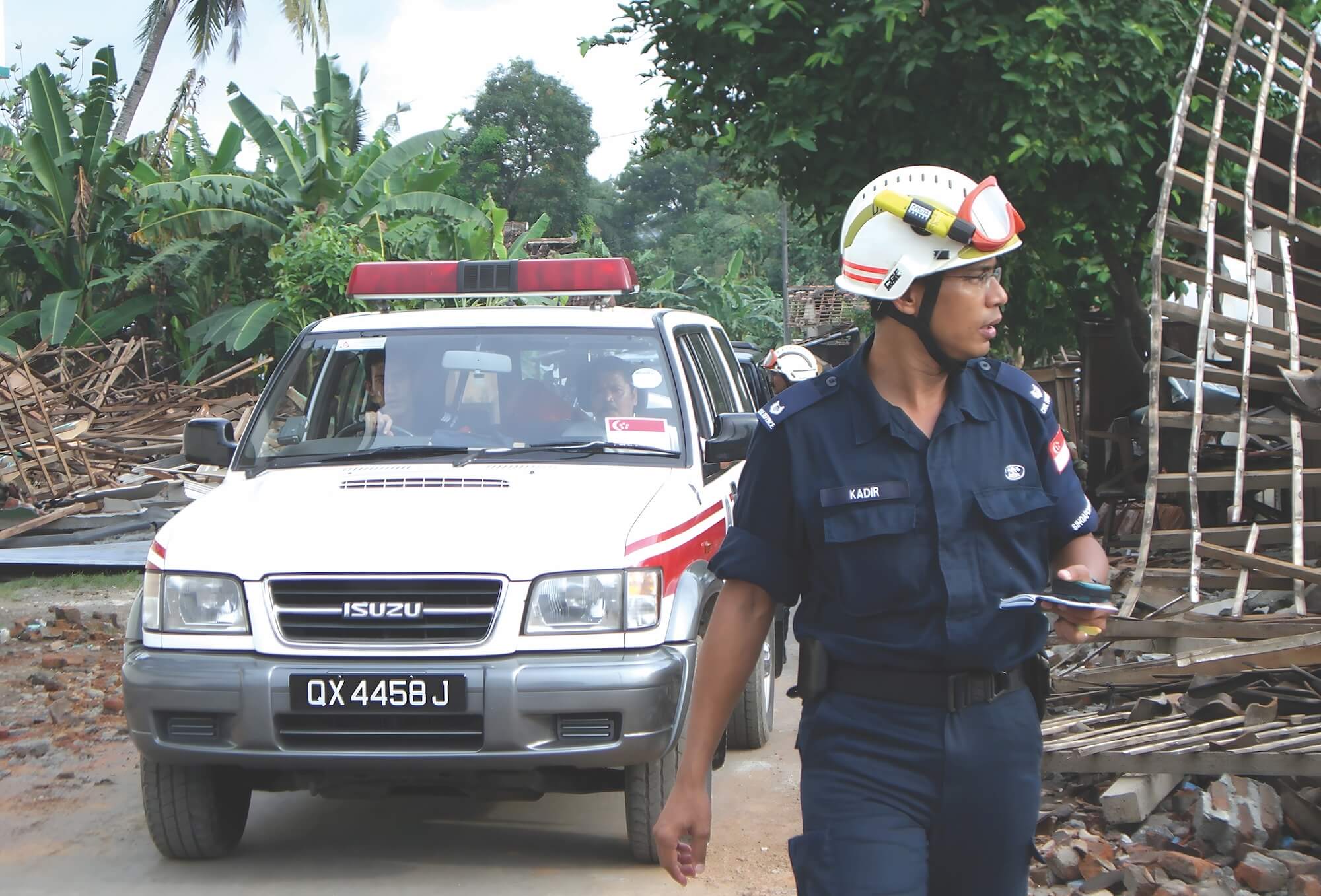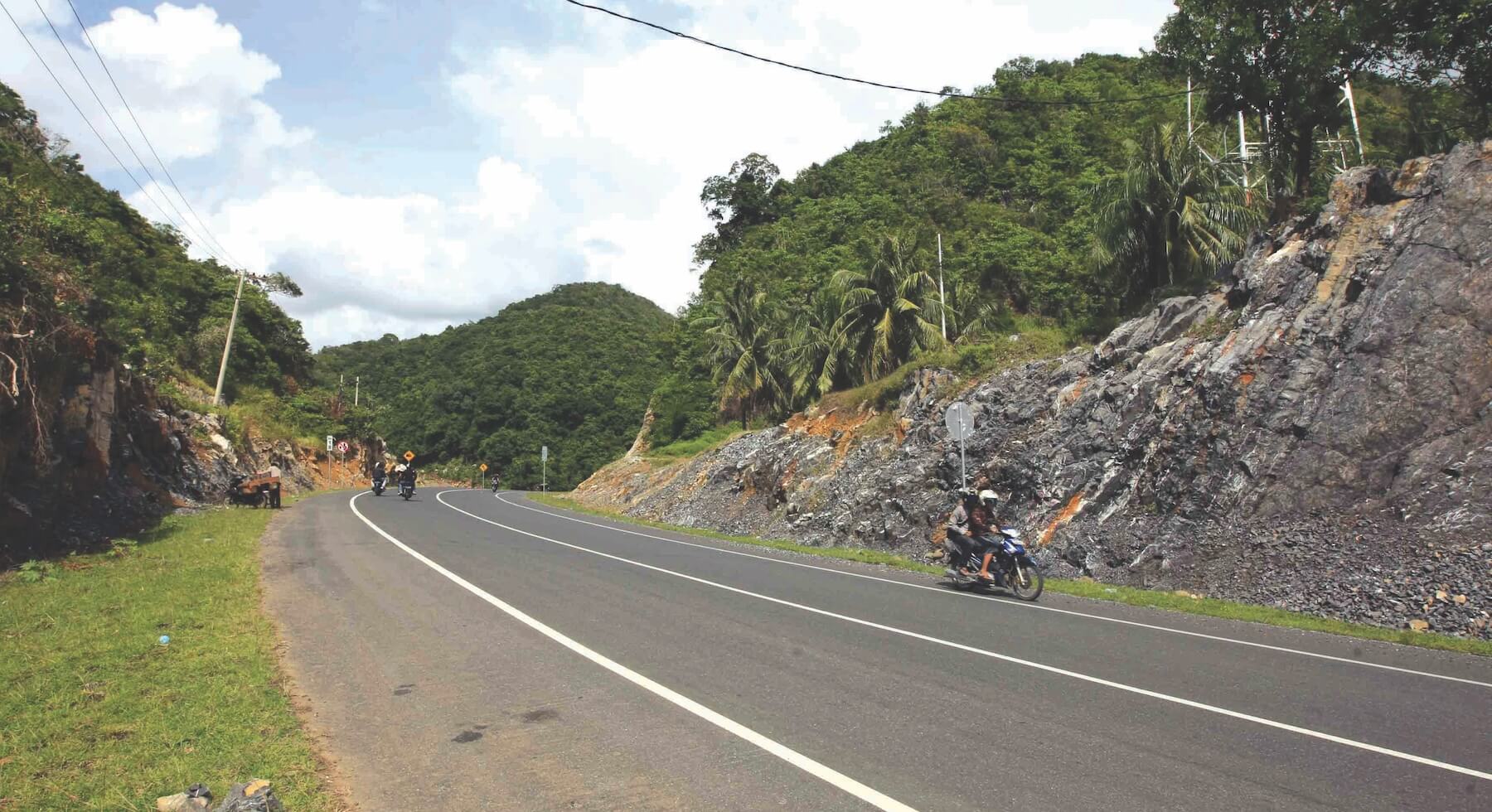



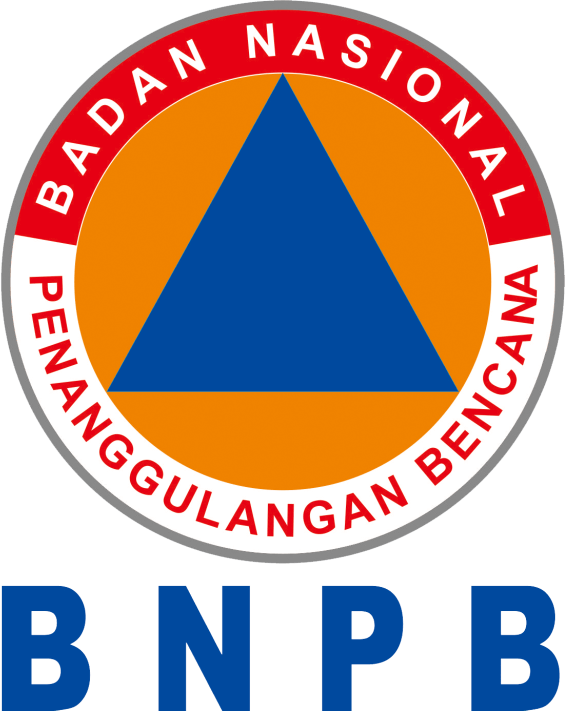
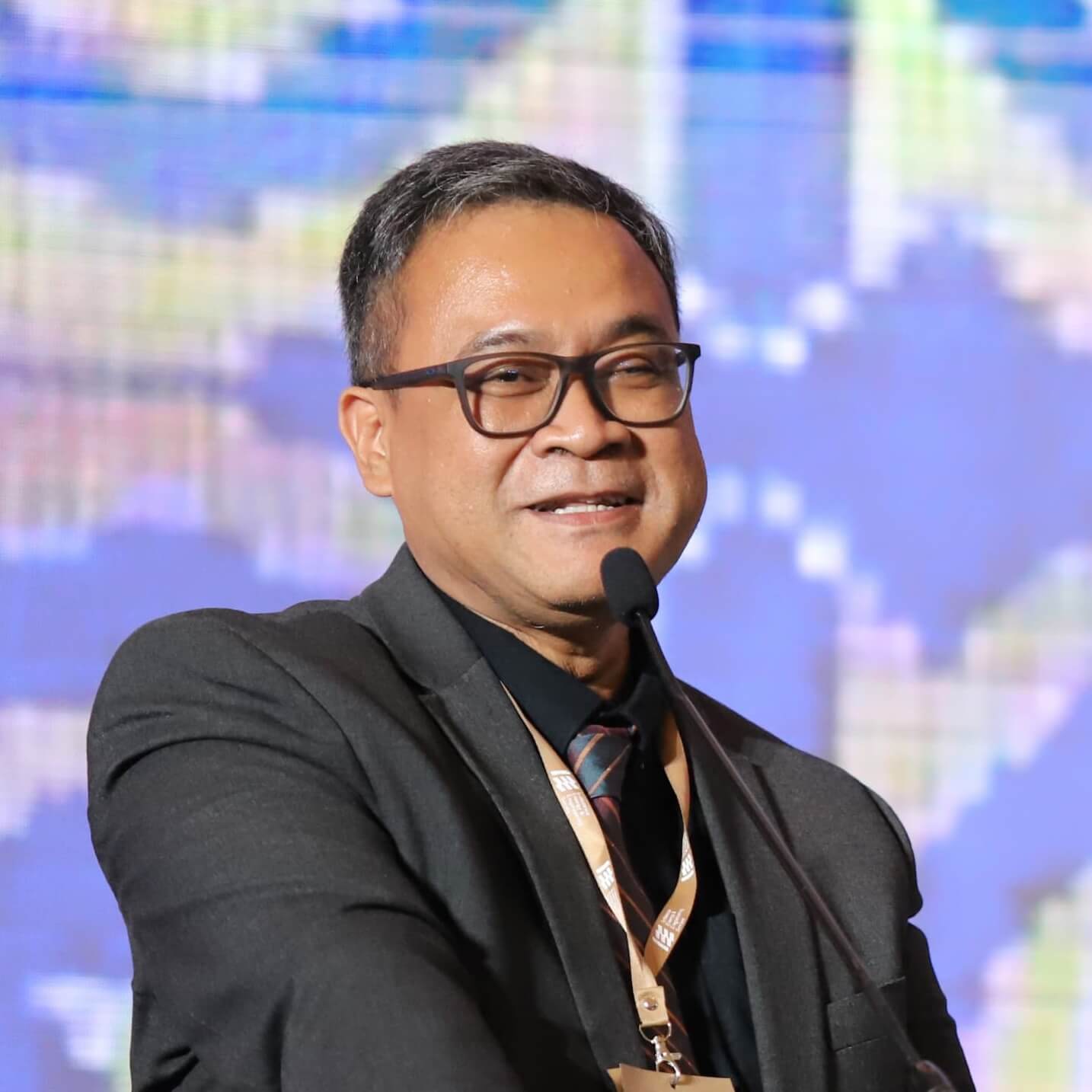
On December 26, 2004, a massive tsunami struck fourteen nations across the Indian Ocean, leaving a trail of devastation and forever altering the lives of millions. Triggered by a 9.1 magnitude earthquake, this disaster claimed more than a quarter of a million lives. Countries like Indonesia, Thailand, Sri Lanka, and India bore the brunt, with Indonesia suffering the highest toll—173,741 confirmed deaths and 116,368 missing persons. Aceh, on the northern tip of Sumatra, saw waves up to 30 meters high, destroying homes and displacing nearly half a million people.
The tragedy sent shockwaves around the world. It left behind immense financial losses—around 4.9 billion US dollars— and sparked a global conversation about disaster preparedness. In response, just one month later, world leaders convened at the UN’s World Conference on Disaster Reduction. The outcome was the Hyogo Framework for Action, which shifted the focus from simply responding to disasters to preventing them by reducing risks.
For Indonesia, a country prone to natural disasters, the 2004 tsunami was a wake-up call. Located at the meeting point of three major tectonic plates, Indonesia is highly vulnerable to earthquakes, floods, tsunamis, and volcanic eruptions. With over 150 million people living in earthquake-prone areas and millions more exposed to floods, landslides, and volcanic risks, disaster management became a national priority.
In 2007, the country passed a comprehensive disaster management law that laid the groundwork for improved disaster preparedness, response, and recovery. This legislation, alongside various presidential decrees and policies issued by the National Disaster Management Agency (BNPB), marked a turning point in Indonesia’s approach to disasters.
Today, Indonesia’s disaster management system is one of the most robust in the region. All 34 provinces and over 90 per cent of districts have established local disaster management agencies, and the country has made significant investments in emergency operations centres, logistics, and technology. Additionally, immediate funding mechanisms have been set up, including a 4-trillion-US-dollar emergency response fund, to ensure quick mobilisation of resources when disaster strikes.
Looking ahead, Indonesia’s 25- year Disaster Management Master Plan (2015–2045) provides a clear roadmap for strengthening disaster resilience across the country. This plan emphasises collaboration between national and local governments, NGOs, and the private sector to ensure comprehensive and effective disaster management.
The 2004 tsunami was not just a tragedy for Indonesia; it was a global event that demonstrated the interconnected nature of our world. Countries across the Indian Ocean region were affected, and in the years since, nations have recognised the need for greater cooperation in disaster management. In 2023, during the ASEAN Summit, Member States reaffirmed their commitment to sustainable resilience, ensuring that tragedies like the 2004 tsunami will never take us by surprise again.
Governments are committed to building disaster resilience, addressing climate change, and creating sustainable development pathways. However, their societal, political, and economic choices do not always reflect these commitments. Many disaster events are interlinked, caused by peoples’ individual or collective behaviours, and have interconnected root causes.
There is a need for strategic, integrated, and synergised solutions that combine policies and strategies addressing the root causes of these challenges while anticipating future ones. “Sustainable resilience” offers a systemic risk governance approach that will tackle present and future systemic risks. This approach combines efforts to address the root causes of these challenges while also anticipating future ones.
By fostering inter-ministerial and multi-sector cooperation, this approach ensures that efforts in one area—such as climate action or disaster resilience— are aligned with and support broader sustainable development goals. This kind of collaboration is essential for creating long-term resilience, enhancing policy coherence, and optimising resource use to achieve global targets.
Central to this commitment is the concept of Sustainable Resilience—a proactive approach to disaster risk reduction that goes beyond recovery and focuses on long-term preparedness. Championed at the Global Platform for Disaster Risk Reduction 2022 and reinforced by ASEAN leaders, this concept is built on four pillars: (1) strengthened risk-reduction culture and education; (2) investment in science, technology, and innovation; (3) climate and disaster-resilient infrastructure; and (4) implementation of global commitments.
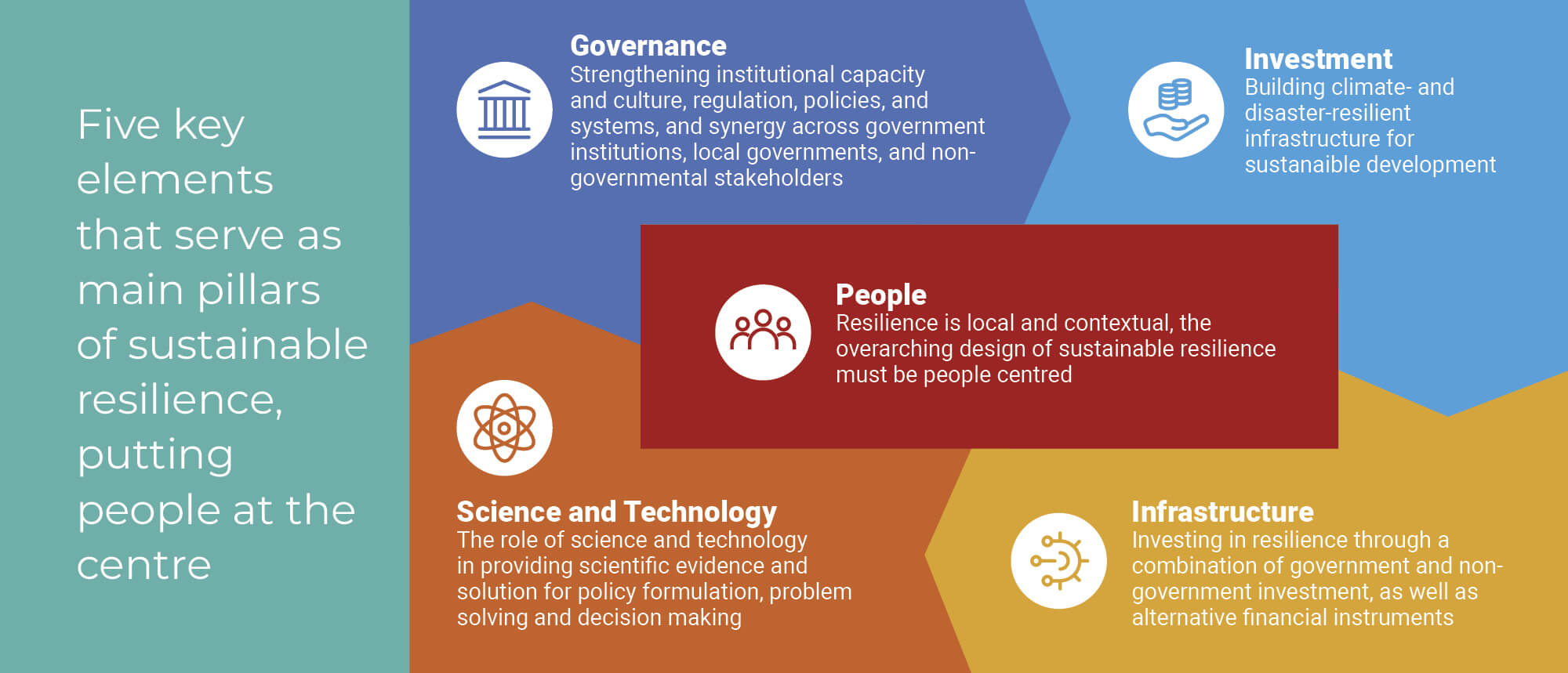
Sustainable resilience is about strengthening climate and disaster resilience for sustainable development. Indonesia is committed to implementing global agendas and targets, including the implementation of the Sendai Framework Disaster Risk Reduction (SFDRR) and the achievement of the Sustainable Development Goals (SDGs).
However, building sustainable resilience is not just about making technical advances or investing in infrastructure. It’s about people. Communities are at the heart of disaster preparedness, response, and recovery. It is why ASEAN’s approach to resilience emphasises the importance of community engagement, inclusive governance, and capacity-building. Local voices and knowledge play a crucial role in shaping strategies that are contextually relevant and effective.
Adopted from the Leaders’ Declaration on Sustainable Resilience, ASEAN emphasises placing local communities at the heart of development efforts, leveraging their unique cultural insights and wisdom as the first line of defense against emerging risks. Recognising that “resilience is local,” ASEAN envisions becoming a global leader in disaster management by fostering collaboration, innovation, and a people-centred approach. This strategy aims to enhance the region’s capacity to prevent, prepare for, respond to, and recover from disasters while contributing to sustainable development, climate change adaptation, and resilience. Ultimately, ASEAN seeks to strengthen multilateral cooperation in disaster management and empower communities under the sustainable resilience framework.
The five key elements framework that serve as the main pillars of sustainable resilience, with a focus on putting people at the centre, are community engagement, inclusive governance, integrated approaches, capacity building, and data-driven decision-making. Resilience is local and contextual; therefore, the overarching design of sustainable resilience must prioritise a people-centred approach to address the unique needs and vulnerabilities of communities effectively. This perspective ensures that resilience strategies are not only relevant but also inclusive, actively involving local voices in the decision-making process.
Disasters like the 2004 tsunami also highlight the importance of integrated, multi-sectoral approaches to addressing climate change and sustainable development. Sustainable resilience offers a framework for governments, businesses, and civil society to work together on common goals, such as those outlined in the SFDRR and the SDGs.
To truly build a resilient future, policies must be aligned across sectors. Climate change, disaster resilience, and sustainable development are deeply interconnected, and addressing these challenges requires coherent and harmonised actions. By fostering cooperation between ministries, institutions, and communities, Indonesia and ASEAN are working to create a future where resilience is not just a goal—it is an ongoing journey.
In conclusion, the lessons learned from the 2004 tsunami have shaped not only Indonesia’s disaster management strategies but have also influenced global frameworks for disaster risk reduction. Through sustainable resilience, we can ensure that communities are not only prepared for disasters but are also equipped to adapt and thrive in the face of future challenges.
As we commemorate the lives lost two decades ago, we also look forward to reaffirming our commitment to building a safer, more resilient world for future generations. Together, we can ensure that the next time disaster strikes, we will be ready—not just to respond but to withstand, recover, and grow stronger.




